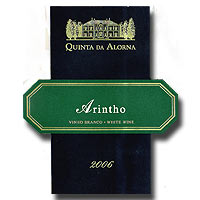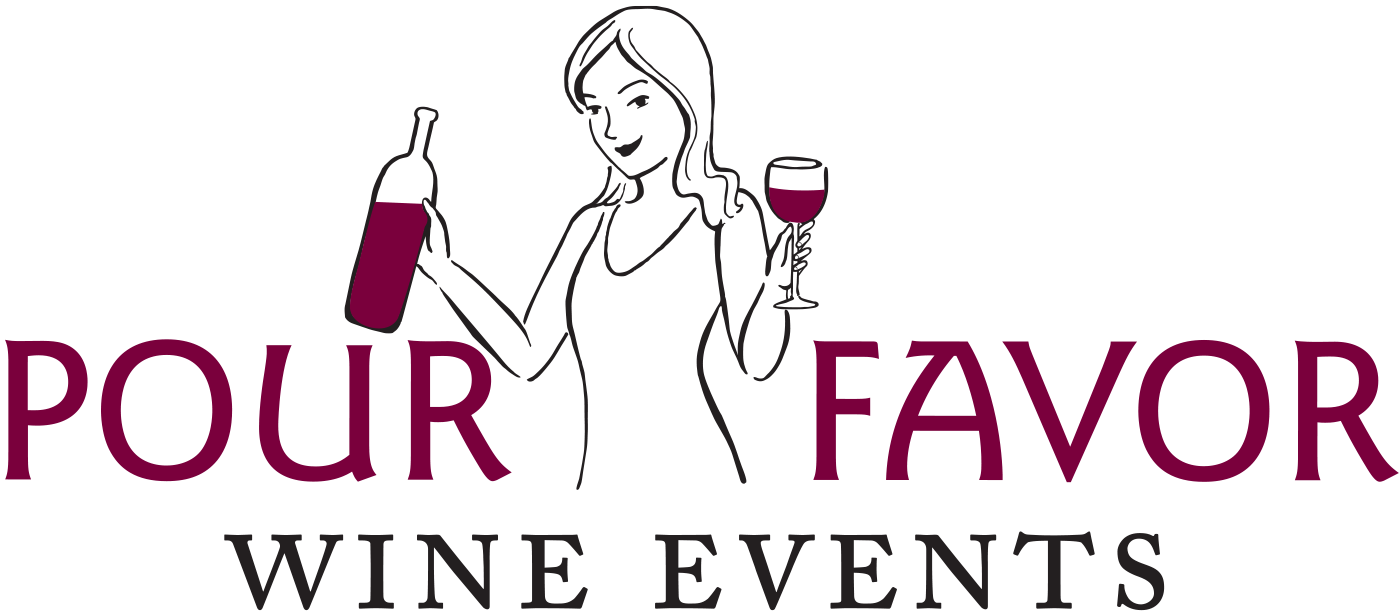 Portugal as a wine-making country is just cool. First off, this little(ish) country west of Spain often gets recognition for its solid wines retailing for oh-so-delightfully low prices. Strangely, as the Euro creeps up and up, Portuguese daily sipping wine prices are staying pretty stable, too. Saude! Second, it sports the oldest appellation system in the world, with recognition for quality wine-producing in the Douro Valley beating France out by 200 years. Third, while everyone and their global brothers and sisters were trying to 'compete' with the French by cultivating native French varietals, Portugal stuck to its guns and continued to cultivate native varietals like Touriga Nacional (grape used in Port), Touriga Franca, Tinto Cao and Trincadeira, to name a few. Overtime the Portuguese wine-making community discovered many of its native varietals could be made into solid table wines, rather than just fortified, dessert wines. And here we are in 2008 benefiting left and right....
One of my go-to wines this summer is the 2007 Quinta da Alorna Arintho. Never heard of Arintho? Not to worry! You're in good company. And fortunately you have me here at Pour Favor to give you the skinny on this versatile, food-friendly, palate-loving white wine.
Portugal as a wine-making country is just cool. First off, this little(ish) country west of Spain often gets recognition for its solid wines retailing for oh-so-delightfully low prices. Strangely, as the Euro creeps up and up, Portuguese daily sipping wine prices are staying pretty stable, too. Saude! Second, it sports the oldest appellation system in the world, with recognition for quality wine-producing in the Douro Valley beating France out by 200 years. Third, while everyone and their global brothers and sisters were trying to 'compete' with the French by cultivating native French varietals, Portugal stuck to its guns and continued to cultivate native varietals like Touriga Nacional (grape used in Port), Touriga Franca, Tinto Cao and Trincadeira, to name a few. Overtime the Portuguese wine-making community discovered many of its native varietals could be made into solid table wines, rather than just fortified, dessert wines. And here we are in 2008 benefiting left and right....
One of my go-to wines this summer is the 2007 Quinta da Alorna Arintho. Never heard of Arintho? Not to worry! You're in good company. And fortunately you have me here at Pour Favor to give you the skinny on this versatile, food-friendly, palate-loving white wine.
The 'experts' say (and I have a hard time not agreeing) Arintho is one of the varietals in Portugal with a large potential for the production of quality wine. The grape originates from Bucelas, not too far from the capitol city of Lisbon. The Quinta da Alorna take is made from 100% Arintho grapes, so you're getting as authentic an experience as you can, particularly if this is your first try of Arintho. The nose is immediately enticing. It delivers fresh and fruity flavors as soon as you dive in, too. It's tough to put your finger on, admittedly, but I always get pear, white peaches and wet stones. My fellow sipping companion last night picked out cantelope (I got noth'n on that one), grapefruit, and lychee fruit (good call). The palate is fairly weighty - perhaps best described as "creamy, citrus goodness" - with flavors of mineral, pink grapefruit and a touch of pear nectar.
Suffice to say, if you've been enjoying your Vinho Verde, dole out the extra $2 and give yourself a real Portuguese treat! Find yourself the Quinta da Alorna Arintho. And quickly. I'm liable to scour the city for every remaining bottle.
What's your Portuguese go-to white this summer?


 You are sitting at a little table in Provence. You have found a quaint cafe, where a small bowl of salted almonds is at the ready before you even have a chance to ask for a glass of water or rose to quench your thirst on a hot day. You quickly find you and your partner are nibbling on local fare - the cafe's own tapenade and a bit of bread seemed like a good starting place - while you wait for your Nicoise salad to arrive. The
You are sitting at a little table in Provence. You have found a quaint cafe, where a small bowl of salted almonds is at the ready before you even have a chance to ask for a glass of water or rose to quench your thirst on a hot day. You quickly find you and your partner are nibbling on local fare - the cafe's own tapenade and a bit of bread seemed like a good starting place - while you wait for your Nicoise salad to arrive. The  temperature to store and serve wine. It's good that you're paying attention, too! Because if you just pulled a bottle of white or rose off your wine rack (which, incidentally, is sitting in your un-air-conditioned living room) and then go to sip said wine at room temperature or (just as bad) have over-chilled it, you're probably not enjoying your libation. What's the point of that?!
When it comes to storage:
temperature to store and serve wine. It's good that you're paying attention, too! Because if you just pulled a bottle of white or rose off your wine rack (which, incidentally, is sitting in your un-air-conditioned living room) and then go to sip said wine at room temperature or (just as bad) have over-chilled it, you're probably not enjoying your libation. What's the point of that?!
When it comes to storage:
 After the show ended Gary asked the crowd the following question: Do you like 1) mangos, 2) escargo and 3) sliders from White Castle? If you answered "yes" to ALL THREE of those, then you have the same palate as Gary. I answered yes to only one, mangoes. But Gary and I certainly share a similar philosophy about wine: get out there and taste!
After the show ended Gary asked the crowd the following question: Do you like 1) mangos, 2) escargo and 3) sliders from White Castle? If you answered "yes" to ALL THREE of those, then you have the same palate as Gary. I answered yes to only one, mangoes. But Gary and I certainly share a similar philosophy about wine: get out there and taste! The table's biggest wine nerd, I was asked to select a bottle of wine for all to enjoy. Each of us selected a completely different entree, however, so it was no easy task - and I sense one that many of us grapple with when out with a group. Fortunately, when it comes to
The table's biggest wine nerd, I was asked to select a bottle of wine for all to enjoy. Each of us selected a completely different entree, however, so it was no easy task - and I sense one that many of us grapple with when out with a group. Fortunately, when it comes to  I don't know about you, but with the Euro/Dollar scenario, an increase in gas prices and my grocery bill skyrocketing (despite similar buying habits), I'm looking at my life budget a bit differently these days. A few weeks ago I noticed it's actually getting to be cheaper to eat out than stay in! And I can't tell you how many
I don't know about you, but with the Euro/Dollar scenario, an increase in gas prices and my grocery bill skyrocketing (despite similar buying habits), I'm looking at my life budget a bit differently these days. A few weeks ago I noticed it's actually getting to be cheaper to eat out than stay in! And I can't tell you how many  As my hectic, challenging weekend wrapped up, I realized a) I hadn't a thing in the fridge to whip together a meal and b) I needed something VERY comforting. A
As my hectic, challenging weekend wrapped up, I realized a) I hadn't a thing in the fridge to whip together a meal and b) I needed something VERY comforting. A  Of course it doesn't hurt that working at the shop we're always tasting new
Of course it doesn't hurt that working at the shop we're always tasting new  If you’ve had a chance to check out my
If you’ve had a chance to check out my  The fact that each vintage (nay, bottle?) produces different results, technology is always improving and techniques are always evolving means I’ll never be satiated, either. Yippee!
The fact that each vintage (nay, bottle?) produces different results, technology is always improving and techniques are always evolving means I’ll never be satiated, either. Yippee!